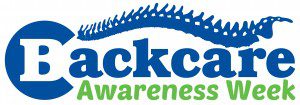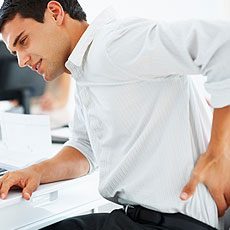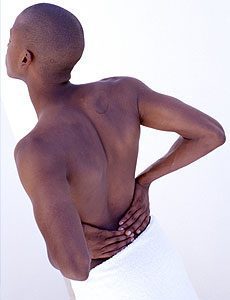Feeling the Strain? You’re Not Alone – Chiropractic Care Can Help!
As more people spend long hours working from home or returning to post-summer routines, we’ve seen a surge in complaints of back, neck, and joint pain. Whether it’s from poor posture, lack of movement, or variations in physical activity as routines shift, pain can quickly become a daily burden physically, mentally, and emotionally.
That’s where chiropractic care comes in.
Chiropractic techniques are rooted in a deep understanding of how neurological and musculoskeletal dysfunctions affect your overall health. By using hands-on therapies, spinal adjustments, and targeted techniques, chiropractors help restore balance, reduce dysfunction and relieve pain naturally.
You may benefit from chiropractic care if you’re dealing with:
- Back or neck pain from sitting for long hours,
- Joint stiffness,
- Headaches related to tension or posture,
- Sports or outdoor activity injuries,
- Arthritic joint pain &
- Repetitive strain injuries.
Why Choose Us at The Reading Chiropractor?
At the Reading Chiropractor, we take a comprehensive, whole-body approach. We don’t just focus on the symptoms we look for the underlying cause. Whether your pain stems from stress, poor ergonomics, or a recent injury, we’ll work with you to build a personalized treatment plan tailored to your unique needs.
With chiropractic care, it’s not just about getting out of pain it’s about restoring movement, improving your quality of life, and preventing future issues.
Now’s the Time to choose us to help you Take Control of Your Health!
Call us on: 01189 39 40 40
Email us on: admin@reading-chiropractor.co.uk
Find out more on: Welcome to the Reading Chiropractor
Don’t let lingering pain become your “new normal.” If you’ve been putting off care, there’s no better time to get started. Book a consultation with us today we’ll answer your questions, assess your condition, and help you take the first step toward lasting relief and better health.













 At the
At the 
